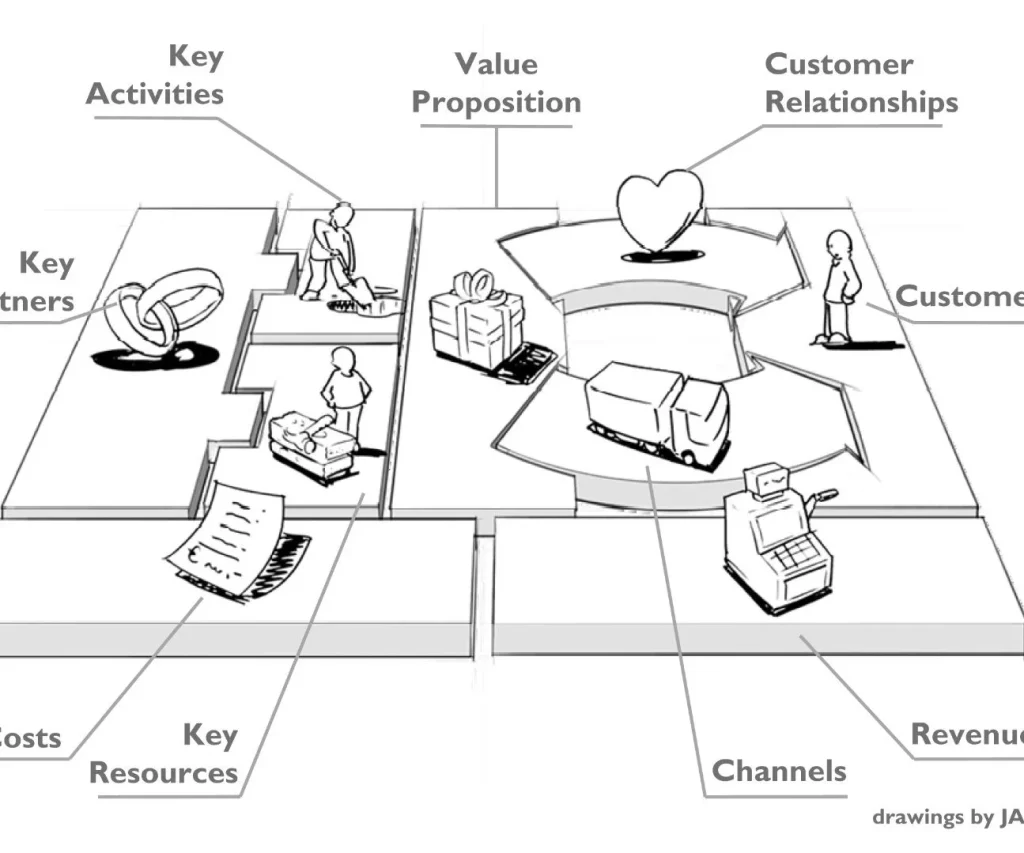Managing Remote Teams Effectively: What Actually Works
Remote work is here to stay — but many teams still operate like they’re “just waiting to return to the office.” That mindset breeds misalignment, burnout, and inefficiency.
Leading a remote team isn’t just about Zoom — it’s about structure, trust, and communication.
1. Clarity Is Your #1 Leadership Tool
In a remote setup, ambiguity compounds. Be clear about:
- Goals (OKRs or quarterly outcomes)
- Responsibilities (who owns what)
- Communication norms (what goes on Slack vs. docs vs. calls)
Write things down. Always.
2. Build In Visibility (Without Micromanaging)
Remote doesn’t mean invisible.
Use:
- Weekly check-ins
- Project dashboards (Trello, ClickUp, Notion)
- Async standups
Focus on outcomes, not online presence.
3. Make Culture a Process
Remote culture needs intentional effort:
- Celebrate wins (even small ones)
- Create space for casual connection
- Include everyone — especially quiet contributors
4. Overlap Matters
If your team is global, build at least 3 hours/day of overlap for collaboration. Async work doesn’t mean zero live interaction.
Conclusion:
Remote teams thrive on structure, clarity, and trust — not just tools. Set clear expectations and stay human in your leadership.
👉 Grab our Remote Team Playbook to set your systems and rhythms.






